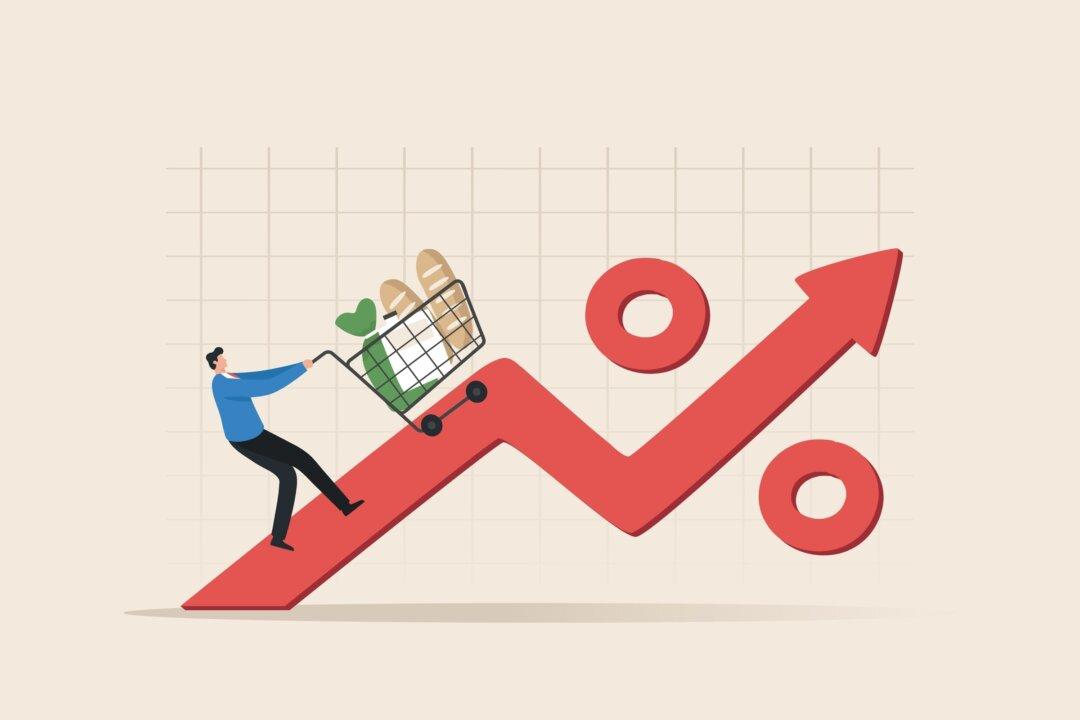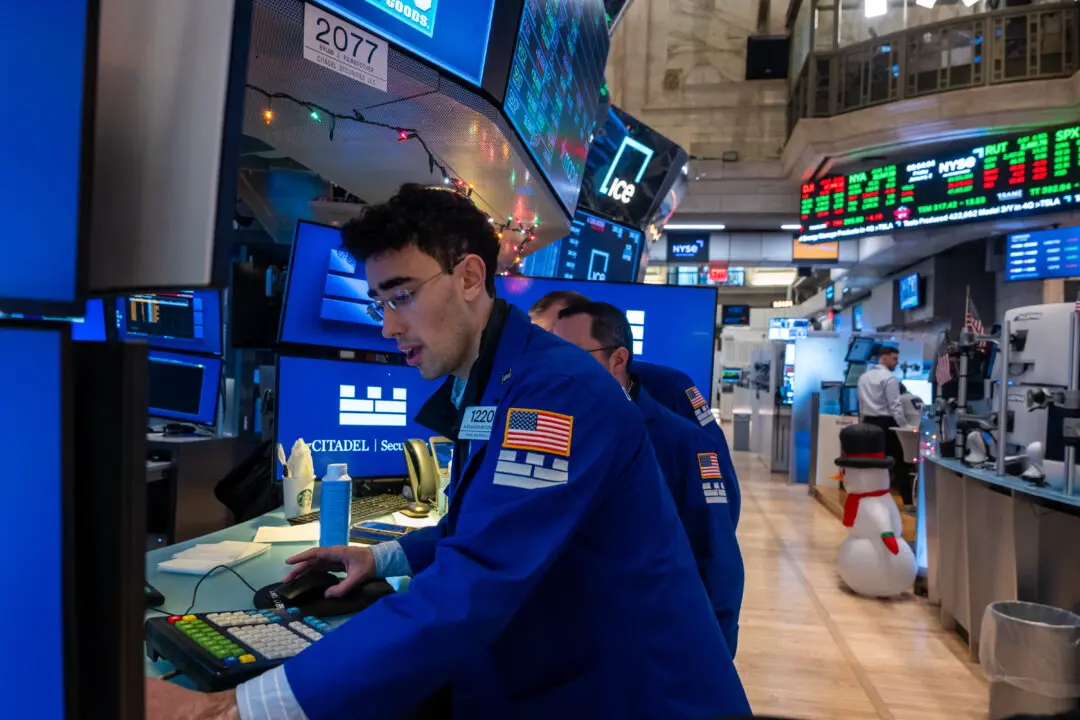Commentary
This morning’s release of April’s Consumer Price Index (CPI) data showing inflation had fallen from 5.0 percent in March to 4.9 percent annually was received as a disappointing reminder that inflation, while down from highs in the summer of 2022, is far from behind us.





